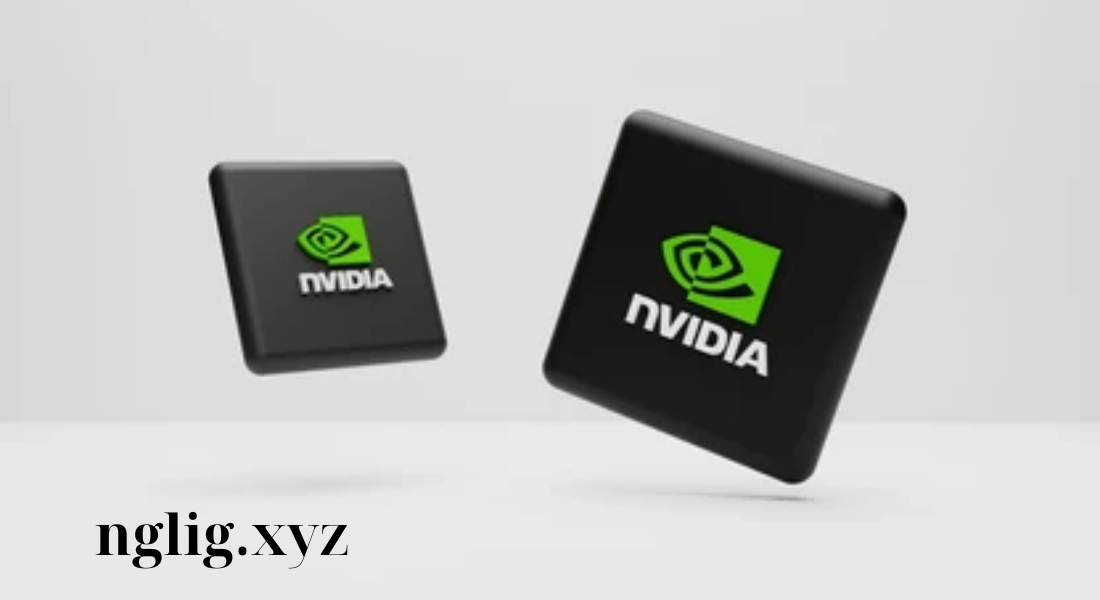Blog
Understanding NVIDIA CUDA Cores: The Key to High-Performance Graphics and Computing
Introduction to NVIDIA CUDA Cores
When it comes to powerful graphics cards and high-performance computing, NVIDIA’s CUDA cores stand at the forefront. CUDA cores, designed and integrated by NVIDIA, play a critical role in processing graphics data and enabling parallel computing. These specialized cores are essential components within NVIDIA’s Graphics Processing Units (GPUs), designed for handling complex computations that go beyond the capabilities of traditional CPUs. For tech enthusiasts, gamers, and professionals in fields like artificial intelligence (AI) and machine learning, understanding CUDA cores is key to appreciating how modern GPUs achieve such impressive performance.
This article provides an in-depth look into NVIDIA CUDA cores, from their architecture and function to their impact on graphics, gaming, and high-performance computing applications. Whether you’re an avid gamer, a developer, or simply curious about the technology behind NVIDIA’s powerful GPUs, you’ll gain valuable insights into the world of CUDA cores and how they drive innovation.
What Are NVIDIA CUDA Cores?
CUDA cores (Compute Unified Device Architecture cores) are parallel processors within NVIDIA GPUs designed to execute multiple tasks simultaneously. Think of each CUDA core as a tiny computing engine. Instead of performing one task at a time like a traditional CPU, CUDA cores can work together, distributing tasks and calculations across thousands of individual cores. This parallel processing capability enables GPUs to render complex graphics and execute high-volume calculations quickly and efficiently.
CUDA cores enable NVIDIA GPUs to handle various high-performance tasks, including rendering video games with stunning visuals, accelerating artificial intelligence models, and processing large datasets in real time. The more CUDA cores a GPU has, the more powerful it typically is, especially for handling graphics-intensive tasks and parallel processing applications.
How CUDA Cores Work
To understand how CUDA cores work, it’s essential to know a bit about parallel processing. Unlike traditional serial processing, which completes tasks sequentially, parallel processing divides large tasks into smaller sub-tasks that can be executed concurrently. CUDA cores, therefore, function as individual processing units capable of executing specific instructions independently.
In graphics rendering, CUDA cores help break down images into smaller fragments, rendering each part simultaneously and then combining them to produce a complete image. For computational tasks in AI and machine learning, CUDA cores accelerate processing by handling matrix calculations, data transformations, and other repetitive operations essential in these fields.
The architecture of NVIDIA GPUs often includes thousands of CUDA cores. For example, high-end GPUs like the NVIDIA RTX 4090 may have over 16,000 CUDA cores, enabling unparalleled levels of performance for complex tasks.
Key Applications of NVIDIA CUDA Cores
CUDA cores power a broad range of applications, from gaming to professional-grade simulations. Below are some of the most significant uses:
1. Gaming and Graphics Rendering
In gaming, CUDA cores are crucial for rendering high-definition visuals and ensuring smooth gameplay. They handle complex calculations involved in rendering textures, shadows, lighting, and other visual elements that contribute to an immersive gaming experience. Games designed for high-performance PCs and VR environments particularly benefit from GPUs with a high number of CUDA cores, as these cores ensure the game runs smoothly and looks visually stunning.
2. Artificial Intelligence (AI) and Machine Learning
NVIDIA GPUs, with their thousands of CUDA cores, are extensively used in AI and machine learning. CUDA cores accelerate the training of deep learning models by handling data processing tasks at lightning speeds. Machine learning frameworks such as TensorFlow and PyTorch can be optimized to run on GPUs with CUDA cores, leading to faster and more efficient model training and testing. This acceleration is particularly valuable in fields like image recognition, natural language processing, and autonomous driving.
3. Scientific Computing and Research
Scientific research often involves handling massive datasets and complex simulations, both of which require significant computational power. CUDA cores allow scientists and researchers to run simulations and analyze data faster than they could on a CPU. This acceleration is beneficial in areas such as climate modeling, molecular dynamics, and genomics, where computational demand is extremely high.
4. Video Editing and Production
For professionals in video editing, CUDA cores enhance rendering speeds, allowing faster processing of high-resolution footage. Video editing software like Adobe Premiere Pro and DaVinci Resolve can utilize NVIDIA CUDA cores to speed up the rendering and encoding of videos, making it easier for editors to work with large video files and apply effects in real time.
How Many CUDA Cores Are Enough?
The number of CUDA cores a GPU has can significantly affect performance, but it’s not the only factor to consider. The architecture of the GPU, memory bandwidth, and clock speeds all contribute to its overall capabilities. For instance, a mid-range GPU with 2,000 CUDA cores can handle most gaming and graphic design tasks effectively. However, for demanding applications like 3D modeling, AI, or ultra-high-definition video editing, a GPU with 4,000 or more CUDA cores is preferable.
The ideal number of CUDA cores depends on your specific needs. For gaming and general graphic design, GPUs with fewer CUDA cores, such as the NVIDIA GTX series, offer sufficient performance. However, if you’re a data scientist, AI researcher, or video editor, a higher-end GPU from the NVIDIA RTX or Quadro series, with thousands of CUDA cores, will deliver the performance necessary for intensive computing tasks.

CUDA Cores vs. CPU Cores: What’s the Difference?
While both CPU cores and CUDA cores are essential for computing, they serve different purposes. CPU cores are designed for general-purpose computing, handling a wide range of tasks sequentially. CPUs typically have a limited number of cores, usually between 4 to 32, focusing on task versatility and single-threaded performance. CUDA cores, on the other hand, are specialized for parallel processing, making them suitable for tasks that can be split into smaller, concurrent operations.
For applications involving repetitive calculations or tasks that can be broken down into parallel processes, CUDA cores are far more efficient than CPU cores. This efficiency is why CUDA cores are favored in gaming, AI, and other specialized fields where massive parallel processing is essential.
Choosing the Right NVIDIA GPU with CUDA Cores
Selecting an NVIDIA GPU with the right number of CUDA cores depends on your specific use case. Here are some general guidelines:
- For Casual Gaming and Everyday Use: A GPU with 1,000–2,000 CUDA cores, like those in the NVIDIA GTX series, should suffice.
- For Graphic Design and Moderate Gaming: GPUs with around 3,000 CUDA cores, like the NVIDIA RTX 3060, offer excellent performance for graphic design and mid-range gaming.
- For High-Performance Gaming and Professional Design: Look for GPUs in the NVIDIA RTX 3070–3080 range, featuring 4,000–5,000 CUDA cores. These GPUs handle demanding applications with ease.
- For AI, Machine Learning, and Scientific Research: The NVIDIA RTX 4090 or similar models, with 10,000+ CUDA cores, provide the computational power necessary for data-heavy and AI-centric tasks.
The Future of CUDA Cores and NVIDIA GPUs
As technology evolves, NVIDIA continues to improve CUDA core architecture to enhance processing power and efficiency. With advancements in AI, VR, and real-time rendering, the demand for powerful GPUs with high CUDA core counts is expected to grow. Upcoming generations of NVIDIA GPUs are likely to feature even more CUDA cores, optimized architectures, and better energy efficiency, further solidifying their position in fields requiring high-performance computing.
Conclusion
NVIDIA CUDA cores are integral to the performance and efficiency of modern GPUs, enabling tasks that require high levels of parallel processing, from gaming to scientific research and AI. Understanding CUDA cores’ role and function helps users make informed decisions when choosing a GPU for their specific needs, whether for immersive gaming, data science, or professional video editing. With NVIDIA leading the way in GPU innovation, CUDA cores will continue to power some of the most demanding and groundbreaking applications in technology today.

